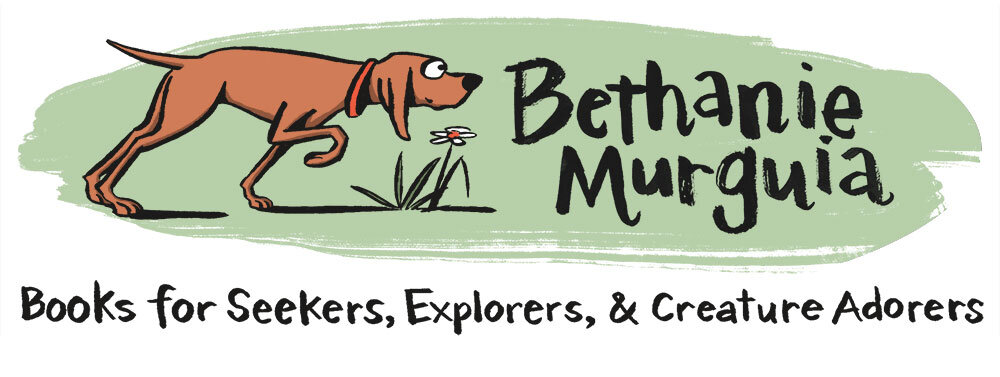 I've been thinking a lot about process lately. The next few posts will be focused on the nuts and bolts of my illustration process. I'm always curious about the details—how people do what they do. Please feel free to share in the comments if you have any good tips or tricks.
I've been thinking a lot about process lately. The next few posts will be focused on the nuts and bolts of my illustration process. I'm always curious about the details—how people do what they do. Please feel free to share in the comments if you have any good tips or tricks.First, though, a bit of housekeeping: I've got a number of events planned for Zoe Gets Ready, which will be in stores on May 1st.
1. Book Passage Book Launch, Corte Madera, CA: May 19th at 4:00pm. Please join me for a reading and treats.
2. Children's Book World, Los Angeles, CA, June 23rd. This will be my first reading at Children's Book World, one of the most fantastic bookstores for children that I have visited. My daughters agree.
3. Wyoming County, NY: I'll be back in my old stomping grounds for a week in June. I'm thrilled to be doing an event with the Arts Council as well some school visits.
And now that the housekeeping has been attended to...
Beginning:
I work traditionally in watercolor and ink. I begin by stretching paper. This doesn't actually involve any pushing or pulling (as is the case when stretching canvas) -- the simple process of wetting and stapling the paper down accomplishes that task. First, I cut the paper to size. Next, I soak it in the tub for a few minutes. I give it a few quick shakes to get rid of excess water, and then I staple it to a board. I let it dry for at least a day. I use a staple gun with the semicircular staples that are intended to go over wires. I find that these are easiest to remove when the painting is finished.
Some folks like to tape down their paper, but I find that the water pools along the tape and "blooms" back up into the painting. (See image below. Blooming can happen with staples as well, but it's much more likely with tape.)
The downside is that I don't have a nice clean border on the image. This is not an issue when printed, but I'd love to come up with a solution that allows the painting itself to look a bit less rough around the edges!
 The board is formaldehyde free plywood. It took a bit of work to find, but I decided that it's worth avoiding chemicals whenever possible; I spend a lot of time hunched over these boards.
The board is formaldehyde free plywood. It took a bit of work to find, but I decided that it's worth avoiding chemicals whenever possible; I spend a lot of time hunched over these boards.I like the ritual of stretching paper. It's necessary to avoid buckling when I paint, but it also allows me to ease into the process of beginning an image. Each board with paper is an invitation to begin. Nothing makes me happier than a having stack of prepped boards waiting to be painted. Each stretched sheet also has a certain amount of value (for me) because I've spent time preparing it.
Every so often, I consider working digitally. At some point, it may happen, but for now, I am committed to paper and brushes and paints. I've found that I like limitations. What to do with unlimited undo and a new sheet of digital paper with every click of the mouse? If I could start over and over and over again, I'm not sure I would know where to begin or where to end. I like that each piece of physical paper feels precious to me. I like that each watercolor paint has very specific abilities -- there is so much that watercolor can do and so much more that it can't! I like finding solutions within those parameters.


